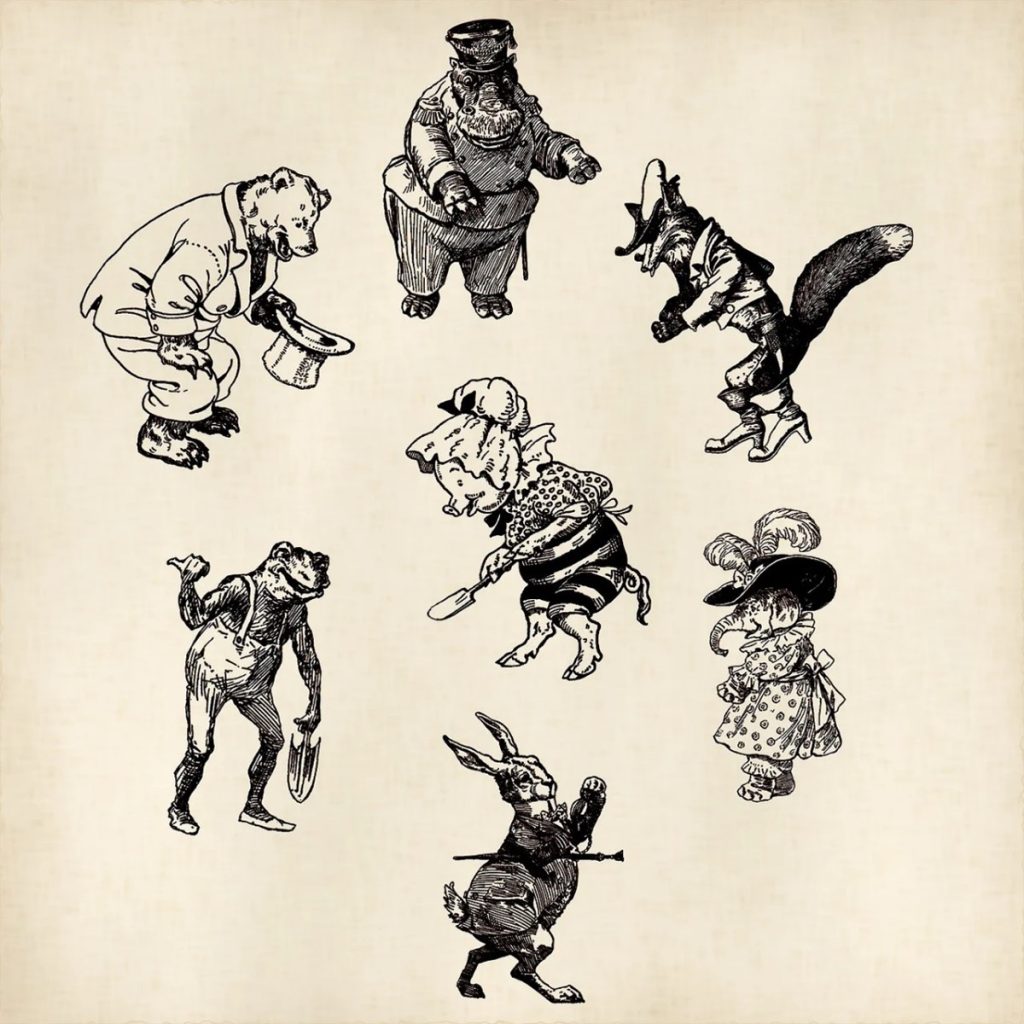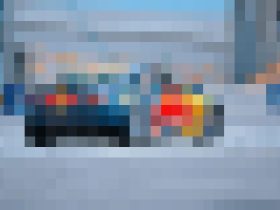Introduction
Storyboarding plays a pivotal role in transforming ideas into captivating narratives. Beyond the fundamentals of traditional storyboarding, advanced techniques elevate the craft, enabling artists to create dynamic and engaging visual storytelling experiences. Join me, Mika Noah, as I walk through the intricacies of advanced storyboarding techniques, empowering aspiring artists to master the art of visual storytelling and craft compelling digital media narratives.
Before we proceed, understand that storyboarding serves as the backbone of visual storytelling, particularly in digital media. As technology evolves, so do the techniques used to craft compelling narratives. Advanced storyboarding methods for digital media involve leveraging technology and creative strategies to create immersive and impactful visual stories.
Table of Contents

Essence of Advanced Storyboarding Techniques
Advanced storyboarding techniques go beyond the basic layout and composition of scenes, delving into the intricacies of visual storytelling and narrative development. These techniques empower artists to create dynamic and engaging storyboards that not only communicate the story but also evoke emotions, establish character relationships, and set the pace for the production.
1. Dynamic Camera Angles: Capturing Perspective and Emotion
Advanced storyboarding techniques emphasize the use of dynamic camera angles to create visual interest, guide viewer attention, and convey emotions. By experimenting with different camera angles, such as high angles, low angles, and point-of-view shots, artists can add depth, dimension, and emotional impact to their storyboards.

2. Creative Panel Transitions: Seamless Narrative Flow
Advanced storyboarding techniques utilize creative panel transitions to maintain visual flow and enhance the storytelling experience. By employing techniques such as match cuts, dissolves, and wipes, artists can seamlessly transition between scenes, creating a sense of continuity and enhancing the narrative’s rhythm.
3. Expressive Character Posing: Conveying Emotion and Intention
Advanced storyboarding techniques emphasize the importance of expressive character posing to convey emotions, intentions, and relationships. By carefully considering character poses, facial expressions, and body language, artists can bring characters to life and add depth to their interactions.
4. Cinematic Composition: Framing the Visual Narrative
Advanced storyboarding techniques employ cinematic composition principles to create visually compelling and impactful storyboards. By understanding the principles of framing, balance, leading lines, and negative space, artists can guide the viewer’s eye, emphasize key elements, and create visually engaging compositions.

5. Visual Storytelling for Diverse Media: Adapting to Digital Platforms
Advanced storyboarding techniques recognize the unique storytelling demands of different digital media platforms, such as animation, video games, and interactive experiences. Artists must adapt their techniques to suit the specific storytelling requirements and visual language of each medium.
The Creative Process
Embracing Digital Tools
Digital Storyboarding Software
Transitioning to digital platforms offers an array of advantages. Software like Storyboard Pro, Adobe Animate, or even Photoshop and Procreate provide versatile tools for creating dynamic storyboards. They offer features such as layers, animation, and easy editing, streamlining the storytelling process.
3D Visualization
Incorporating 3D elements into storyboarding adds depth and realism to narratives. Software like Blender or Maya allows artists to create 3D models or scenes, facilitating complex perspectives and angles for storyboards, enhancing visual storytelling.
Incorporating Animation
Animatic Creation
An animatic is a sequence of storyboard panels brought to life through basic animation, sound, and timing. It helps in visualizing pacing, transitions, and overall flow. Utilizing software that supports timeline-based editing aids in creating polished animatics.
Motion Graphics and Effects
Incorporating motion graphics and effects within storyboards enhances visual impact. Techniques such as adding motion blur, particle effects, or dynamic transitions help convey movement and mood, elevating the storyboard’s storytelling potential.
Interactive Storyboarding
Prototyping and Mockups
Creating interactive storyboards or prototypes allows for user interaction simulations. Tools like Figma or Adobe XD enable artists to design clickable prototypes, providing a tangible experience of the final digital product’s functionality.
VR and AR Integration
Immersive technologies like Virtual Reality (VR) and Augmented Reality (AR) offer innovative ways to storyboard. Artists can create storyboards that are experienced in VR or overlay AR elements onto real-world environments, pushing the boundaries of storytelling.
Collaboration and Workflow Optimization
Remote Collaboration Tools
With teams often working remotely, utilizing collaborative tools like Miro, Trello, or Asana streamlines communication and feedback processes. Artists can work together in real-time, enhancing efficiency in the storyboard creation process.
Version Control and Asset Management
Maintaining a structured workflow involves effective version control and asset management. Platforms like Shotgun or Basecamp help in organizing and tracking different iterations of the storyboard, ensuring seamless collaboration.
Visual Storytelling Techniques
Cinematic Framing and Composition
Mastering cinematic framing and composition techniques enriches storytelling. Employing principles of cinematography such as rule of thirds, leading lines, and depth of field creates visually captivating and engaging storyboards.
Dynamic Pacing and Timing
Understanding pacing and timing is pivotal. Techniques like varying panel sizes, adding beat boards, or utilizing animatics aid in controlling the rhythm and tempo of the narrative, evoking desired emotions and tension.
Incorporating Sound and Music
Sound Design Integration
Including sound effects or ambient noises within storyboards enhances immersion. Syncing visuals with sound elements gives a more holistic view of the final narrative, aiding in refining the storytelling process.
Musical Score Integration
Experimenting with incorporating musical scores into storyboards adds an extra layer of emotional depth. Visualizing scenes while considering the rhythm and mood of music helps in crafting more impactful sequences.
Conclusion
Advanced storyboarding for digital media goes beyond sketching sequences; it’s an intricate blend of technology, creativity, and storytelling finesse. By embracing digital tools, animation, interactivity, and collaborative workflows, artists can elevate their storytelling prowess, creating immersive and compelling narratives in the digital realm. These techniques open doors to boundless creative possibilities, shaping the future of visual storytelling in the digital age.















Got a Questions?
Find us on Socials or Contact us and we’ll get back to you as soon as possible.